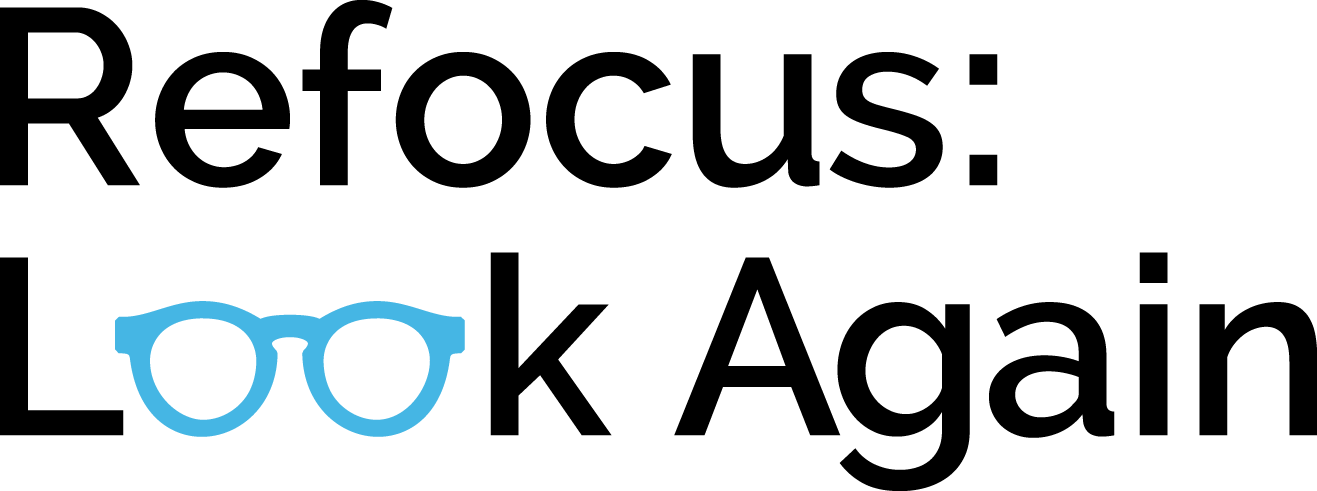by Emily Hoffman, former member of the Anti-Stigma Project
This article was written by a consumer who identifies as a homosexual, and uses that terminology to describe her experience. It's important to keep in mind that while some individuals may positively identify with this terminology, others may not, and it's always best practice to ask an individual how they would like to be identified.
Individuals who identify as LGBT and who also have mental health issues often deal with the emotional collateral of the stigma that exists around these two very widely misunderstood concepts. There is now a good deal of research to corroborate the high rate of mental health issues among LGBT individuals, which also names stigma as a culprit in the onset of mental health issues in this population. One researcher, Ilan Meyer, refers to this social and environmental impact on mental health as minority stress, and attributes some mental health issues to stigma, prejudice, and discrimination, and the resulting hostile and stressful social environments in which the LGBT community live and work. The rate of suicide for this population is also much higher than the general population, and there have been many recent well-publicized suicides directly related to LGBT bullying, including and especially of young people identifying as LGBT.
Stigma’s impact on relationships is virulent in all populations, but it is excessively prevalent among the LGBT population as the misconceptions about LGBT identities are, in fact, based on the relationships they choose to have. The impacts on their relationships with those who do generalize and misconstrue this identity are obviously undermined just as relationships are with those who stigmatize and generalize about those who live with a mental illness, but the impact of stigma directly on the romantic relationships and how LGBT individuals feel about themselves within those relationships is vast, painful and limiting. Some examples of stigma manifested in the LGBT population are below:
Stigma causes people to hide and feel shame for things that should not feel shame about. Dealing with the stigma of both mental illness and LGBT identities often creates a dual hidden identity within the person, and can make them choose isolation over the difficulty of assimilating into a community who does not understand them. The consequences of denying or not embracing large parts of one’s identity can also lead to internalized stigma and self-hatred.
Many stereotypes regarding LGBT issues revolve around the individual’s sexuality and relationships. Very often, it is assumed that homosexuals are also hypersexual. There is often the fear that a homosexual person is more likely to make a sexual advance than is a heterosexual person of the opposite sex. It is also a common assumption that homosexual people engage in sex more often, and are simply more sexually charged than heterosexual individuals. All of these assumptions are untrue.
Many people see homosexual people through a lens of very stereotypical masculine and feminine characteristics. The assumption would be that all lesbians are masculine and have qualities like short hair and baggy clothes, or that all gay men are flamboyantly feminine. When a homosexual person does not fit into one of these basic stereotypes, their sexuality is often challenged or simply not validated. If they are young, the “just a phase” assumption is common. This stereotype can also lead to tokenism and individuals being identified solely by their sexuality rather than as a whole person.
There is often an attitude about homosexual relationships which assumes that they are based solely on sexual inclinations. Often, love and attraction other than sexual attraction are removed from the view. Human attraction is based on many factors yet this concept is often not lent to homosexual relationships, and the attractions of homosexual people are often reduced to desire for a certain genital organ.
There are very widespread societal misconceptions about both the prevalence of HIV infection among the LGBT population, as well as the assumption that HIV is somehow easier to contract through homosexual relations. The fact is that the HIV infection is actually more common among heterosexuals with little or no access to protection during sex, in low-income countries; and one for example, can contract HIV just as easily through heterosexual intercourse as with homosexual intercourse.
Some of the stigma and negative feelings surrounding LGBT identities is religiously affiliated. Some religious doctrines consider homosexuality in any form to be unnatural or sinful. The impact of this thought on the LGBT population can be shame, self-hatred, and internal conflict.
Another misconception about homosexuality is that it is a direct consequence of trauma or emotional scarring (sometimes thought to be a revulsion to the opposite sex) rather than a natural human attraction to the same sex. This assumption can also accompany the general invalidation of homosexuality and bisexuality entirely, as it attributes their existence as something gone awry within a person, and refuses the idea that such an attraction can exist naturally.
Transgender issues are another widely misunderstood concept even among the LGBT community itself. When an individual chooses to transition to a different gender, the reason for this choice is most often described by that individual as a feeling of being “in the wrong body.” It is important to remember that gender identity is not the same as sexual orientation. Most transgender individuals say the choice to transition is not about attraction at all but about fully actualizing themselves as the individuals they feel they are and want to be.

